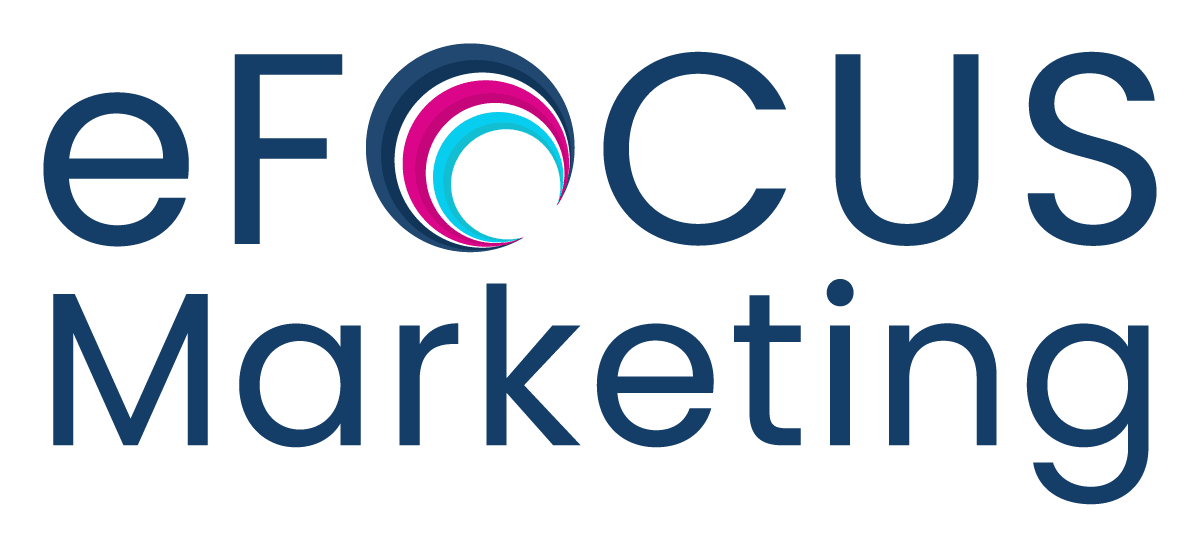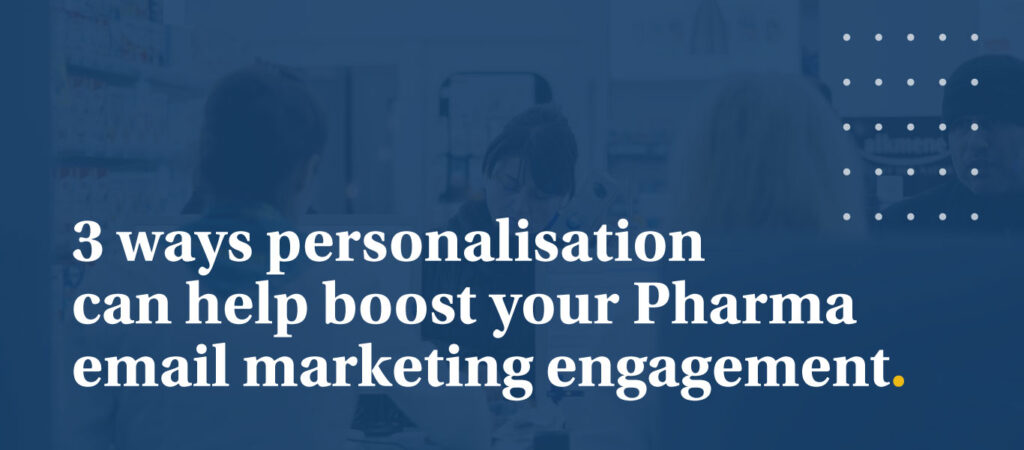
As more pharmaceutical/life science brands move online and fight ever harder for customer share, marketers need to optimise, adapt and add to their email marketing strategy to make the most of this high performing channel.
Particularly since Covid began, more and more pharmaceutical brands are realising the power of their database and the ability to directly communicate with their audience; through email marketing particularly.
HCPS’s now expect and want more from the experiences they have with the brands they choose to interact with and the content they receive.
Personalised content isn’t a nice to have any more – it should be a core part of your strategy.
To meet this demand within our email marketing, we need to LISTEN to our subscribers; through intelligent collection and analysis of data, we can achieve this at varying levels.
It’s with this data that we can pick up on direct and indirect signals from our prospects and customers that will allow us to tailor the information/offers they receive within their emails unlike in any other marketing channel.
When we can send the right message to the right person, at the right time (and in the wider strategy, through the right channel), we can have a positive impact on our subscribers.
So how can YOU bring personalisation into your current strategy?
Here are 3 way’s to get you started…
Personalisation based on –
1. Known Data
Demographic and firmographic data can be used to change elements such as images, copy, CTA text… basically anything in your email! Consider data such as location, hospital/institution, interest preferences, and using this to adapt your content to better connect with your subscribers.
For example, using segmentation to send only to those at specific hospitals/instituations, or within specific locations for a live event. This data could change the imagery you show within your emails, such as an image of their specific rep or hospital, or the content you recommend, for example, based on preferences they’ve expressed.
2. Email Behaviour
A great opportunity exists right there in your email platform. Based on what the subscriber has previously opened/clicked on, additional emails can then be triggered to follow up with more specific information, or future content adapted to cater for this show of interest; for example, if you send an email and the subscriber clicks on a specific type of information, you can follow up with another email and subsequent relevant information.
3. Behaviour across other channels (e.g. web, email, apps etc.)
Your subscriber’s recent and current behaviour across your other marketing channels is a key insight into what they currently need. For example, if you track a subscriber looking at a specific section of your website, they may be looking for more information or need to speak to a rep for 1-2-1 support.
A whole range of other actions/inactions can be collected, and armed with this data from your website, apps, email, social and a host of other channels you may be able to feed in, you can start to automated emails around the customer lifecycle and tailor the content/product information you provide accordingly to better meet their needs at that time.




